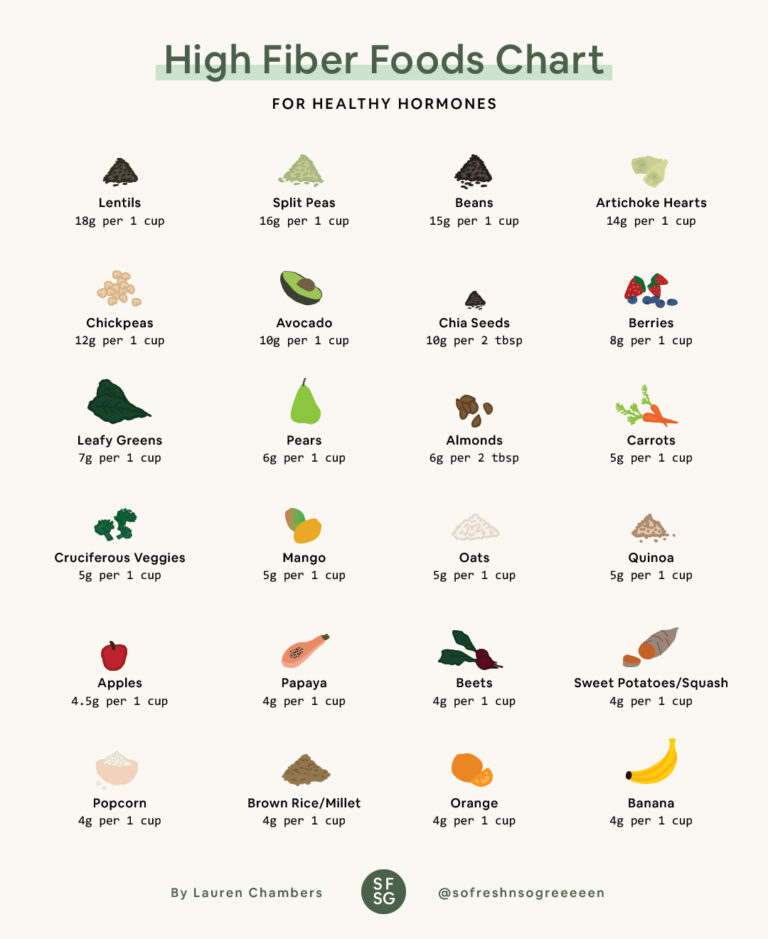Tips for Carrying a Baby in a Hip Seat Carrier: A Comprehensive Guide
Carrying your baby in a hip seat carrier can be a game-changer for both you and your little one. Not only does it provide convenience, but it also offers a unique opportunity for bonding. Let’s dive into some essential tips and tricks for making the most out of this parenting tool.
Benefits of Using a Hip Seat Carrier

Carrying your baby in a hip seat carrier comes with a multitude of benefits that not only make your life easier but also enhance the bond between you and your little one.
Weight Distribution and Reduced Strain
Using a hip seat carrier helps distribute the weight of your baby evenly across your body, preventing strain on your back, shoulders, and arms. This can be a game-changer, especially for parents who need to carry their baby for extended periods.
Promotes Bonding
The close physical contact facilitated by a hip seat carrier promotes bonding between the caregiver and the baby. The warmth and security of being held close can help strengthen the emotional connection between you and your little one, creating a sense of comfort and security for your baby.
Choosing the Right Hip Seat Carrier

When it comes to choosing the right hip seat carrier for you and your baby, there are several key features to consider to ensure both comfort and safety. It’s important to look at different types available in the market and pay attention to proper sizing and fit for optimal use.
Key Features to Consider
- Weight Limit: Check the weight limit of the carrier to ensure it can accommodate your baby’s weight.
- Ergonomic Design: Look for a carrier with proper support for both the baby and the caregiver to prevent strain or discomfort.
- Adjustability: Choose a carrier that is adjustable to fit both the caregiver and the baby comfortably.
- Safety Features: Ensure the carrier has safety buckles, straps, and secure fastenings to keep your baby secure.
Types of Hip Seat Carriers
- Soft Structured Carriers: These carriers offer versatility and comfort for both the caregiver and the baby, with padded straps and multiple carrying positions.
- Hip Seat Carriers: Specifically designed for hip carrying, these carriers provide added support for the caregiver’s back and hips.
- Wraps and Slings: These carriers offer a customizable fit and are great for newborns, but may require more practice to use effectively.
Importance of Proper Sizing and Fit
Proper sizing and fit are crucial when choosing a hip seat carrier. A carrier that is too big or too small can lead to discomfort for both the caregiver and the baby. It’s essential to follow the manufacturer’s guidelines for sizing and adjustments to ensure a safe and comfortable fit for all users.
Safety Precautions When Using a Hip Seat Carrier
Carrying your baby in a hip seat carrier can be convenient, but it’s important to prioritize safety at all times. Here are some crucial safety precautions to keep in mind:
Proper Positioning of the Baby
When placing your baby in a hip seat carrier, ensure that their back is fully supported and their face is visible at all times. The baby’s legs should be in an ergonomic position, forming an “M” shape to prevent hip dysplasia.
Securing the Baby in the Carrier
Always double-check that the carrier is properly fastened and adjusted to fit snugly around your body. Make sure the baby is securely held in the carrier with no risk of slipping out or shifting positions unexpectedly.
Weight Limits and Age Restrictions
Be mindful of the weight limits specified by the manufacturer of the hip seat carrier. Exceeding the weight limit can compromise the safety and stability of the carrier, putting both you and your baby at risk. Additionally, follow any age restrictions provided to ensure that the carrier is suitable for your baby’s developmental stage.
Tips for Carrying a Baby in a Hip Seat Carrier
Carrying a baby in a hip seat carrier can be a game-changer for parents on the go. However, it’s essential to know the right techniques to ensure both you and your baby are comfortable and safe.
Maintaining Proper Posture
- Stand tall with your shoulders back and avoid slouching.
- Distribute the weight evenly on your hips to prevent strain on your back.
- Keep your baby close to your body to maintain balance and stability.
Adjusting the Carrier
- Ensure the carrier is snug against your body without being too tight.
- Adjust the straps to fit securely around your waist and shoulders.
- Make sure the baby’s weight is evenly distributed on the hip seat for maximum comfort.
Transitioning In and Out
- Sit down to place your baby in the carrier to avoid straining your back.
- Support your baby’s weight with one hand while securing the carrier with the other.
- To remove your baby, gently lift them out while keeping one hand on the carrier for stability.
FAQ Summary
How can I maintain proper posture while using a hip seat carrier?
To maintain proper posture, ensure that the carrier is positioned snugly around your waist and hips, distributing the baby’s weight evenly. Avoid slouching or leaning to one side to prevent strain on your back.
What are some key features to consider when choosing a hip seat carrier?
When selecting a hip seat carrier, look for padded shoulder straps, adjustable waist belts, and a sturdy waistband to provide support and comfort. Also, consider the weight limit and age suitability for your baby.
How do I safely position my baby in a hip seat carrier?
Ensure your baby’s back is well-supported and their legs are in an ergonomic position, forming an “M” shape. Keep their airways clear and monitor their comfort throughout the journey.
What are some strategies for transitioning the baby in and out of the hip seat carrier smoothly?
Practice makes perfect when it comes to transitioning your baby in and out of the carrier. Support their head and back when lifting them in and out, and take your time to ensure a secure fit before moving.





